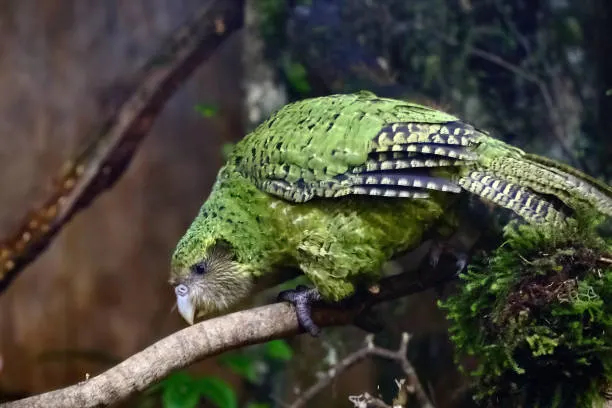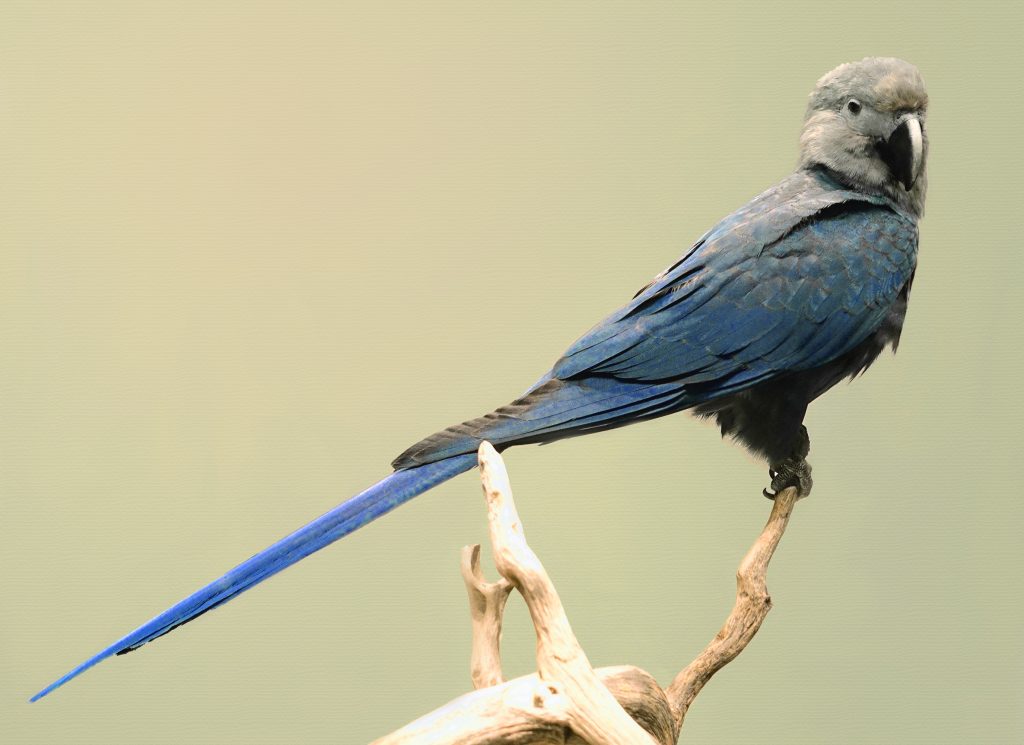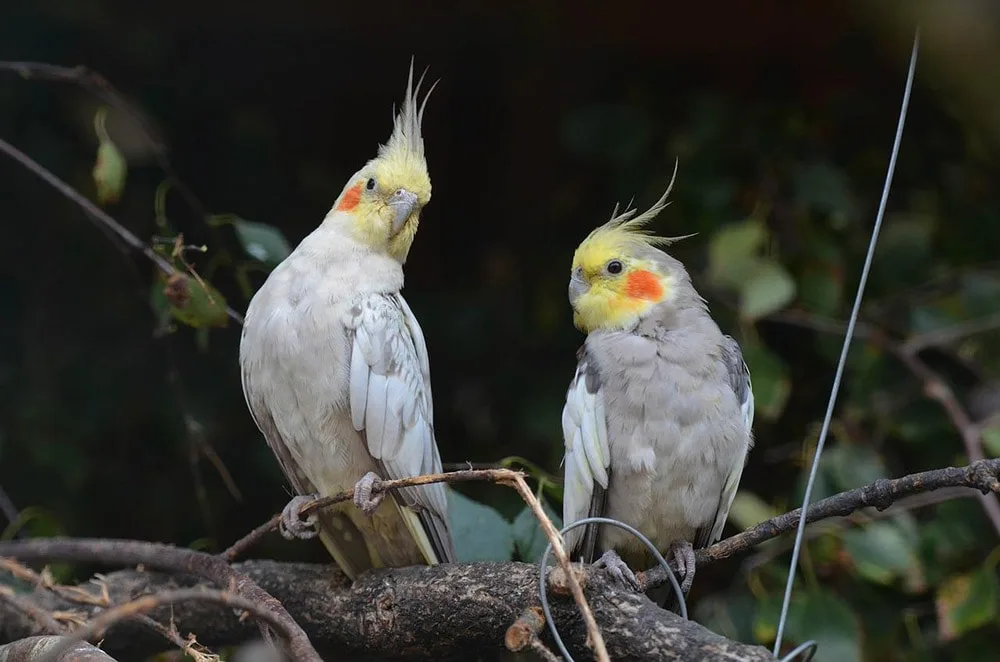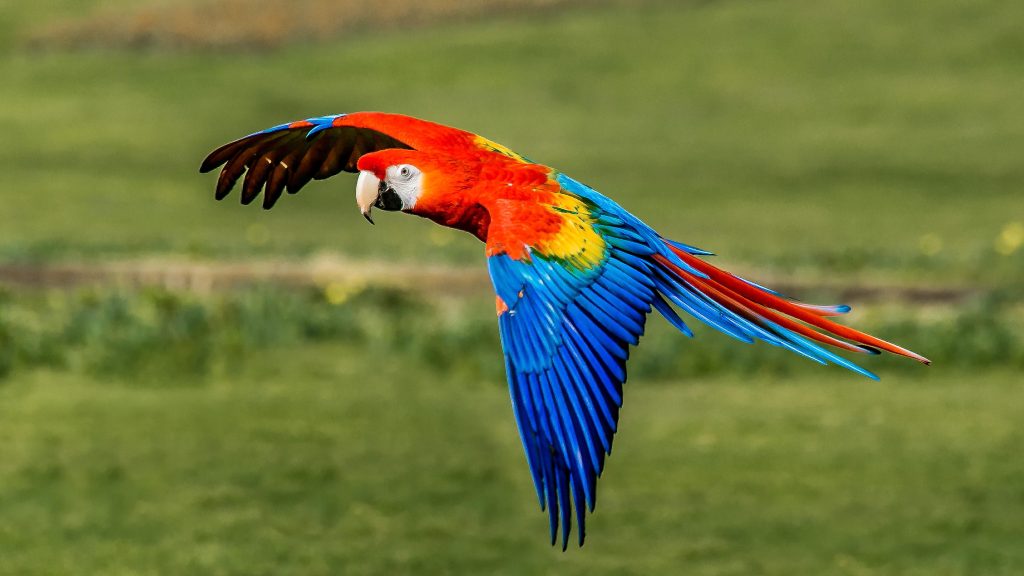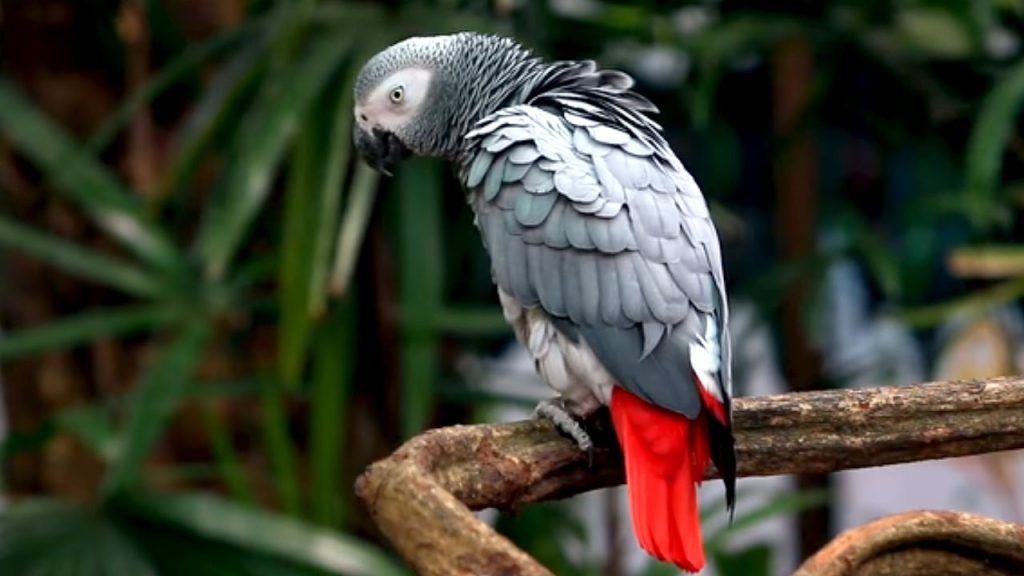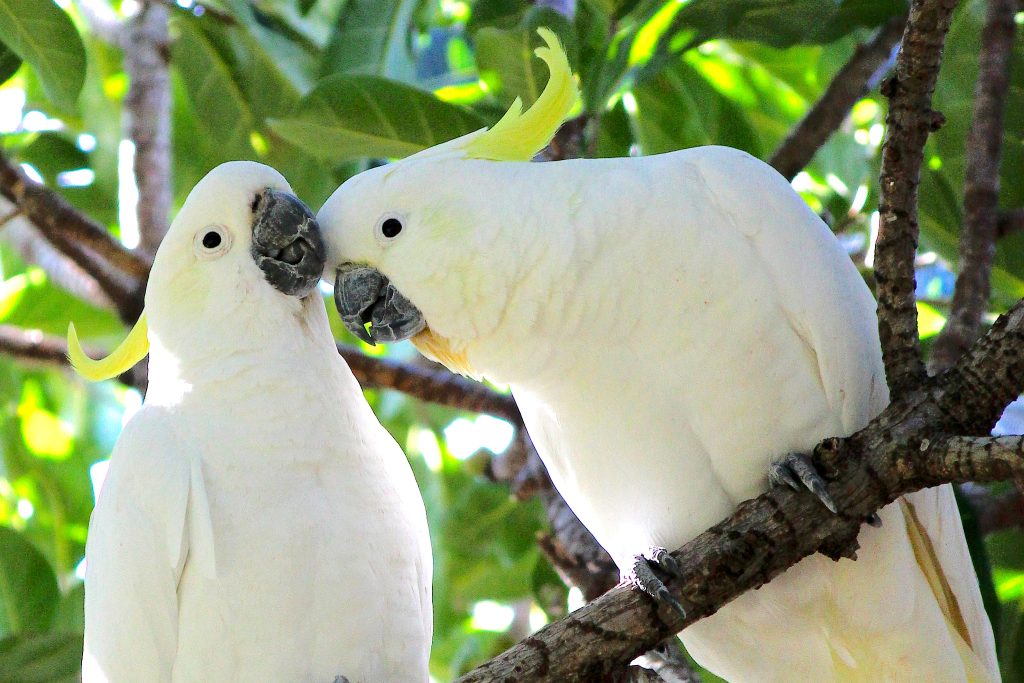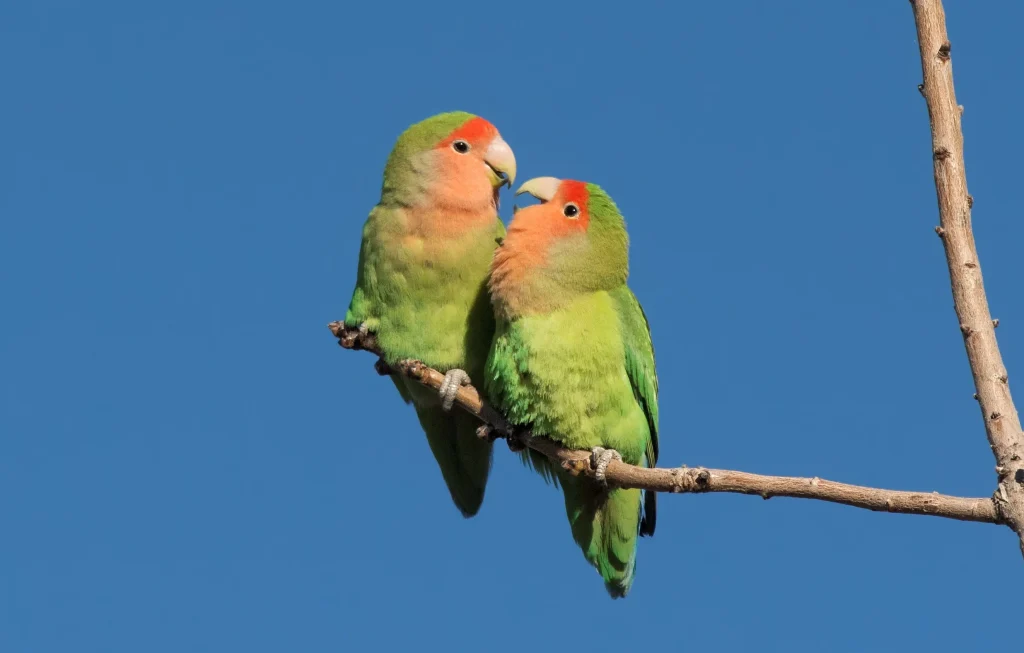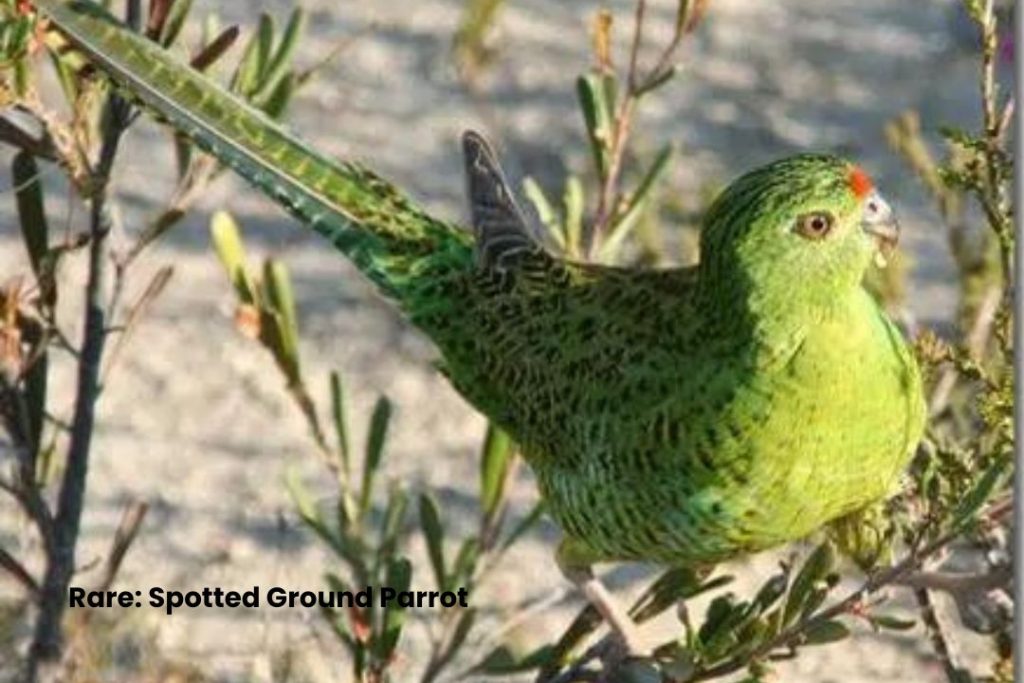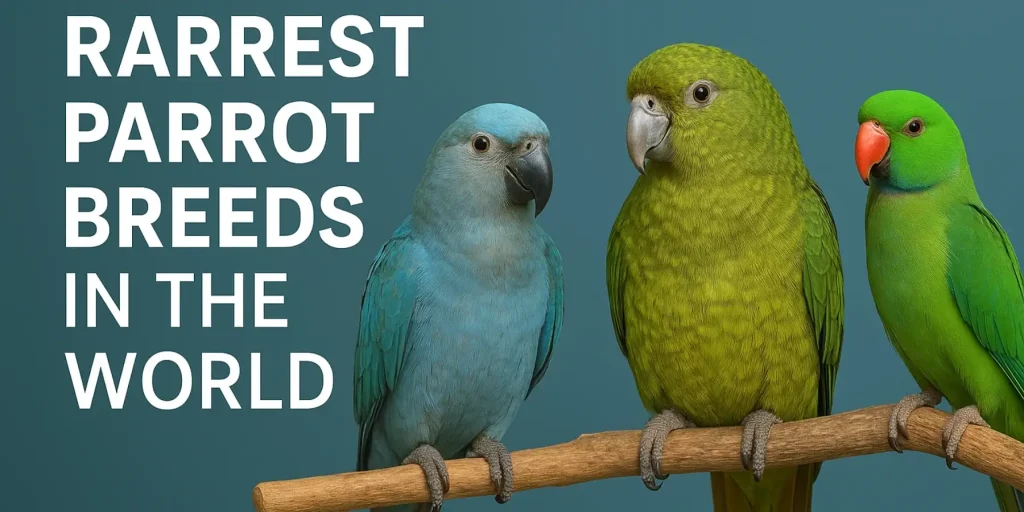🦜 Kakapo Parrot – The World’s Rarest Nocturnal Parrot
🌍 Introduction
The Kakapo Parrot, also known as the night parrot or owl parrot, is one of the most unique and rare bird species on Earth. Native to New Zealand, this flightless, nocturnal parrot is known for its mossy green feathers, endearing personality, and incredible conservation story. With fewer than 300 individuals alive today, the Kakapo is a symbol of resilience and hope for endangered species around the world.
📜 History and Origin
The Kakapo (Strigops habroptilus) has been part of New Zealand’s ecosystem for thousands of years. Once abundant across the islands, their numbers drastically declined after the arrival of humans and the introduction of predators like cats, rats, and stoats.
By the 1990s, the species was nearly extinct. Thanks to dedicated conservation efforts, especially from the **New Zealand Department of Conservation** and the **Kākāpō Recovery Programme**, the population has slowly grown, though it remains critically endangered.
🧬 Unique Characteristics
The Kakapo stands out for many remarkable traits:
- Size: Up to 24 inches in length and weighing 2 to 4 kg
- Color: Mossy green feathers with black and yellow accents
- Flight: Flightless due to their weight and wing structure
- Behavior: Nocturnal and ground-dwelling
- Vocalization: Males produce deep, booming calls during mating season
Unlike most parrots, the Kakapo is active at night and has a facial disk similar to an owl, helping it detect sound in the dark.
❤️ Personality and Temperament
Kakapos are gentle, curious, and intelligent. Each bird has its personality—some are shy, while others are quite social and even playful. Their charming behavior and quirky habits have made them beloved by conservationists and bird lovers alike.
They form close bonds with their caregivers and are known for their calm, friendly demeanor.
🏞️ Natural Habitat
Originally, Kakapos lived in forests, scrublands, and grasslands throughout New Zealand. Today, they are found only on predator-free offshore islands like Whenua Hou, Anchor Island, and Hauturu-o-Toi.
These protected habitats provide safety, natural vegetation, and ideal breeding conditions for the species.
🥬 Diet and Nutrition
Kakapos are herbivores with a diet that includes:
- 🌿 Native plants and leaves
- 🌸 Flowers and seeds
- 🌱 Bark and fruit
They especially love the fruit of the rimu tree, which plays a significant role in their reproductive cycle.
🩺 Health and Lifespan
Kakapos can live for several decades, with some individuals reaching 60 years or more. However, their slow reproductive rate and vulnerability to disease remain challenges.
Common health issues include:
- 🦠 Fungal infections like aspergillosis
- 🧬 Low genetic diversity affecting fertility
With constant veterinary care, genetic management, and monitoring, their health is closely safeguarded.
🐣 Breeding and Conservation
Kakapos breed only once every two to four years, usually when rimu trees produce fruit. Males perform elaborate booming calls to attract females, but only females raise the chicks.
The **Kākāpō Recovery Programme** uses:
- 🛡️ Predator-free sanctuaries
- 🧬 Genetic monitoring
- 🍼 Hand-rearing and supplemental feeding
Thanks to these efforts, the Kakapo population has slowly increased, though every chick born is vital to the species’ survival.
🎥 Cultural and Global Impact
The Kakapo has captured international attention thanks to documentaries, social media, and conservation campaigns. This bird is more than a species—it’s a global ambassador for wildlife protection and biodiversity.
New Zealanders consider the Kakapo a **taonga** (treasure) in Māori culture, symbolizing guardianship of nature.
🧽 Care and Observation
Because they live in the wild under strict conservation programs, Kakapos are not kept as pets. However, they are carefully monitored using:
- 📟 GPS tracking collars
- 📊 Data analysis on health and behavior
- 🧫 DNA testing for breeding plans
Visitors and volunteers must follow strict biosecurity rules to prevent disease and disturbance.
🧠 Fun Facts About Kakapo Parrots
- 🎉 They’re the heaviest parrots in the world!
- 🌙 The Kakapo is the only nocturnal parrot.
- 🦜 They can climb trees but cannot fly.
- 🎬 A Kakapo named “Sirocco” became a viral sensation after a BBC documentary.
❓ Frequently Asked Questions
Q1: Why can’t Kakapo parrots fly?
A: Kakapos evolved in a predator-free environment, so they developed strong legs for walking and climbing instead of wings for flight.
Q2: Can you adopt a Kakapo as a pet?
A: No, Kakapos are a protected, wild species under conservation. They are not available for adoption or as pets.
Q3: How many Kakapo parrots are alive today?
A: As of 2025, there are fewer than 300 Kakapos, all of whom are closely monitored in conservation sanctuaries.
Q4: What makes Kakapo parrots unique?
A: Their flightlessness, nocturnal habits, large size, and owl-like features make them unlike any other parrot on Earth.
Q5: How can I help save the Kakapo?
A: You can support the Kākāpō Recovery Programme through donations, spreading awareness, or participating in conservation education.
✅ Conclusion
The Kakapo Parrot is a true wonder of the natural world—rare, charming, and irreplaceable. Its survival story reminds us of the importance of protecting vulnerable species and the power of collective conservation. While few will ever see a Kakapo in person, this gentle green giant continues to inspire a global movement to cherish and preserve Earth’s precious biodiversity.
African Grey Parrots
🦜 Kakapo Parrot for Sale
The Kakapo parrot, also known as the owl parrot, is one of the rarest and most unique birds in the world. Native to New Zealand, this nocturnal and flightless parrot is famous for its moss-green feathers and charming personality. Due to its critically endangered status, it is not commonly available for private sale, but you may find licensed breeders or conservation programs in some countries. Check the links below for Kakapo parrot sale or adoption information in your country.
- Kakapo Parrot for Sale in India
- Kakapo Parrot for Sale in Pakistan
- Kakapo Parrot for Sale in United Arab Emirates
- Kakapo Parrot for Sale in Malaysia
- Kakapo Parrot for Sale in Canada
- Kakapo Parrot for Sale in Australia
- Kakapo Parrot for Sale in United States
- Kakapo Parrot for Sale in Nigeria
- Kakapo Parrot for Sale in Philippines
- Kakapo Parrot for Sale in Indonesia
- Kakapo Parrot for Sale in United Kingdom
